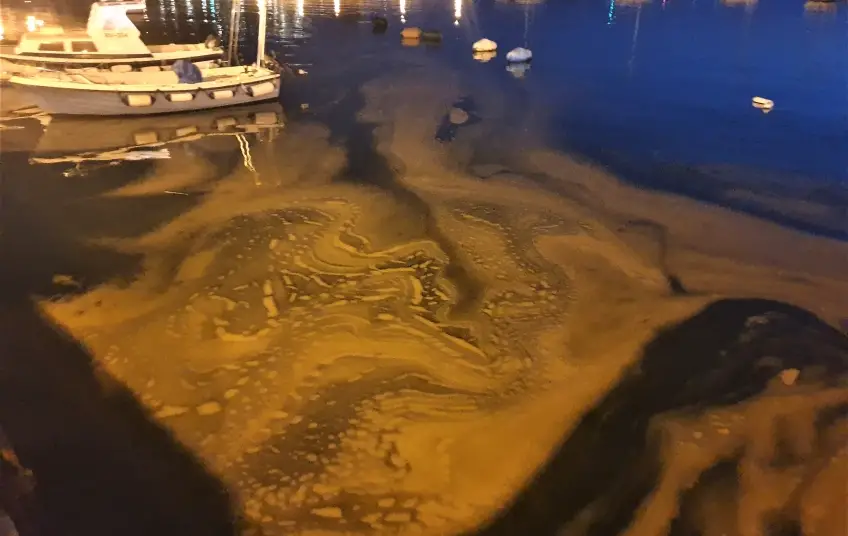As Morski writes, along a portion of the Istrian west coast, people have noticed a very unusual phenomenon. The sea has taken on a distinct and odd orange tone, and many people who saw it were afraid that it was another sign of pollution in the beautiful Croatian Adriatic sea. Thankfully, at least this time, it isn’t.
The Centre for Marine Research in Rovinj quickly spoke out about the natural phenomenon and explained exactly what causes the sea to take on such an unusual colour and indeed smell.
”This phenomenon is called the red tide (Croatian: crvena plima). It is completely natural and is caused by a type of dinoflagellate called Noctiluca scintilans. Last week, employees of the Centre for Marine Research noticed along the Istrian west coast that there were increased accumulations of this species out in the open sea, and a favourable wind had blown everything onto the beaches. This phenomenon will persist for a few days longer and then it will simply disappear.
If you have the opportunity to walk along the shoreline at night, try throwing some pebbles into it because this species secretes a pigment called bioluminoscin and blue lights can be seen in the water during their mechanical stimulation.
Although this phenomenon is natural and can be noticed every spring this year, it is somewhat more intense and this year it has appeared earlier, which was contributed to by more favourable meteorological conditions.
This species is not toxic and doesn’t have any significant impact on other organisms living in the Adriatic sea. Although when there is so much of it due to organic decomposition, ammonia can be released and the sea can smell a bit unpleasant. On our profile of the Centre for Marine Research, you can also look at pictures taken under the microscope,” reads a statement from the Centre for Marine Research in Rovinj.









